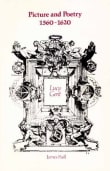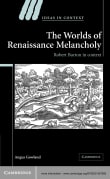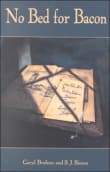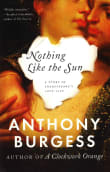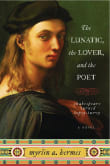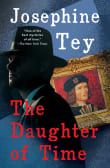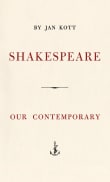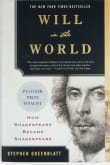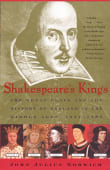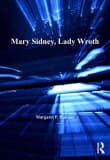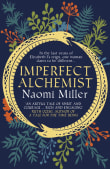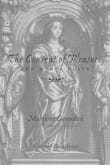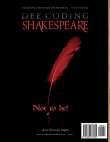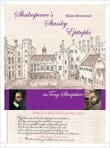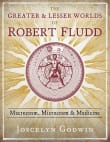The Worlds of Renaissance Melancholy

Book description
Angus Gowland investigates the theory of melancholy and its many applications in the Renaissance by means of a wide-ranging contextual analysis of Robert Burton's encyclopaedic Anatomy of Melancholy (first published in 1621). Approaching the Anatomy as the culmination of early modern medical, philosophical and spiritual inquiry about melancholy, Gowland examines…
Why read it?
1 author picked The Worlds of Renaissance Melancholy as one of their favorite books. Why do they recommend it?

Elizabethan ideas about the mind were based on the ancient medical theory of humours: fluids whose proportions in the body dictated character, and whose circulation and fluctuation triggered fleeting moods.
Shakespeare and his contemporaries were particularly obsessed with black bile, or melancholy, whose long list of symptoms included sadness, bad dreams, seeking darkness and solitude, and suicidal thoughts. It also enhanced intellectual and creative powers, so had a certain glamour.
Understanding melancholy is essential to understanding Hamlet and many other works from its period. Gowland traces the sources of Robert Burton’s Anatomy of Melancholy, a compendious work published shortly after…
From Helen's list on how Shakespeare thought about the mind.
If you love The Worlds of Renaissance Melancholy...
Want books like The Worlds of Renaissance Melancholy?
Our community of 12,000+ authors has personally recommended 100 books like The Worlds of Renaissance Melancholy.






